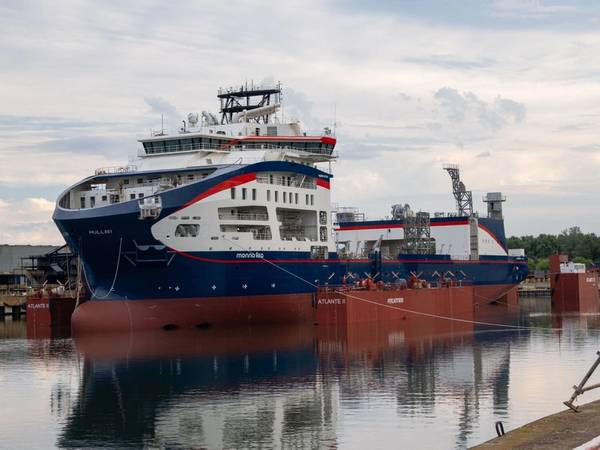
Italian cable maker and installation services provider Prysmian has completed sea trial tests for ultra-deep installation of High Voltage Direct Current Mass Impregnated (HVDC MI) subsea cable at water depth of 2,150 meters.
This is an industry record breaking installation, as it is the first time an HVDC cable is laid at such a depth, setting new market standards, according to Prysmian.
The 500 kW non-metallic armored cable has been designed with a composite material based on High Modulus Synthetic Fibres.
The use of an innovative armoring solution that in water can be 50% lighter than steel, combined with the Leonardo da Vinci cable laying vessel (CLV), will enable the installation and maintenance of Terna’s Tyrrhenian Link at a water depth of more than 2,000 metres, the deepest ever reached with a power cable.
The success of the sea trials is the result of many laboratory tests and proves once more the solidity of Prysmian innovations.
The same light weight armor technology had been in fact used in 2019 for the Evia – Andros-Tinos interconnection at a water depth of 550 meters and in 2020 for the Crete-Peloponnese submarine interconnection project at 1,000 meters.
The cable will be employed for the Tyrrhenian Link, a $1.84 billion (€1.7 billion) project awarded in 2021 by Terna.
Under the contract, Prysmian will design, supply, and install a total of over 1,500 km of submarine cables to support the power exchange among Sardinia, Sicily and Campania, thus reinforcing the Mediterranean energy hub.